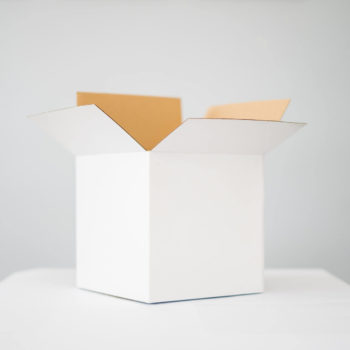 Package labeling and design requirements depend on your product specifications, where you intend to sell your product, where it was manufactured, and figuring out exactly what you need on your product’s package can be confusing. Below we detail items to consider when designing your packaging labeling and overall design.
Package labeling and design requirements depend on your product specifications, where you intend to sell your product, where it was manufactured, and figuring out exactly what you need on your product’s package can be confusing. Below we detail items to consider when designing your packaging labeling and overall design.
The main function of a packaged good is for protection from shipping, the environment, and even theft. If being developed for retail, most times the packaging will need to be eye catching, informative, and descriptive.
Cohesive Package Labeling and Design Helps Sell
The design of the package seeks to attract the buyer’s attention, describe the function of the product, provide information about the contents, and other necessary consumer information. Sometimes the packaging design will allow the user to test out some of the functionality without destroying the package.
Your package aesthetic should match the product you are selling. For example, if you are selling a product that has a strong environmental focus, an eco friendly paper pulp package would be an option. The package labeling and design is an extension of your product, so it’s imperative you take time to design one that can quickly grab and hold a buyer’s attention while being informative enough for a person to be interested in purchasing your product.
What should I put on my package?
This answer depends on who you plan to sell the product to, whether retail, wholesale, or direct to consumer. Buyers for distributors will typically want to see a finished packaged product, and similar, if not identical to what the consumer will see. This will help them decide if the product you are offering is a good fit for their company and give them an idea of how the product will sell and how much shelf space is required. Having product packaging that is unfinished or not appealing will likely make them avoid wanting to distribute the product.
Most product packaging designs will consist of the following:
- UPC Bar Code. This number is uniquely assigned to each item being sold that is scanned at the point of sale. This number connects the product to the store’s Point of Sale system. UPC codes must be registered with an authorized company (https://www.gs1.org/about)
- Company Logo. The logo should be prominently placed on the package to create brand awareness.
- Contact Information. Website URL, company contact information, and company/manufacturer information.
- Patent Details. Any Patent numbers that have been issued by the USPTO office. In some cases, the mark “Patent Pending” is used to convey that the product is awaiting Patent approval.
- Units of Measurement. The units of measure for the product such as size, quantity, or weight of the product.
- At-a-Glace Product Usage. A short description of the product, sample images, instructions on use, or other information that describes the product to the consumer.
- Material Description. Materials used to create the product and/or the material of the package itself.
- Part or Model Number. The identification information required by the store as well as international, federal and state regulations (depending on where your product will be sold).
- Price. The price of your product if it is not subject to change.
- Consumer warnings. Any information that details consumer warnings related to product usage.
- Warranty. All pertinent product warranty information and what exactly the warranty covers.
What are the labeling requirements that must be followed to sell products in the United States?
There are many regulations, depending on the product, with which a product’s label or markings must be in compliance before being sold in the United States. Labeling requirements related to legal metrology (i.e., products and commodities sold in package form by weight, measure or count) must comply with The Fair Packaging and Labeling Act (FPLA) and Uniform Packaging and Labeling Regulation (UPLR), NIST Handbook 130-Current Edition). In addition, all products imported into the U.S. must conform to Title 19, United States Code, Chapter 4, Section 1304 and 19 CFR 134, Country of Origin Marking regulations. Other product categories, such as electronics, food, medical devices, etc., are covered by regulations from the responsible agency. A product may have to be complaint with several labeling regulations from different agencies. (Read more on the NIST.gov website.)
Products such as Food or Cosmetic products have other requirements and can be found here:
- https://esha.com/blog/food-product-labeling-and-packaging-101/
- https://www.fda.gov/food/food-ingredients-packaging
- https://www.fda.gov/cosmetics/cosmetics-labeling-regulations/summary-cosmetics-labeling-requirements
Package labeling and design is an important step in the product development process. It lets you quickly communicate your product, its function and your company values to potential buyers.
Have questions about product packaging and design? Send us an email at info@3d-innovations.com
______
3D Innovations is a Product Development Company – from the 3D Design to a fully functional 3D Prototype & Product.

